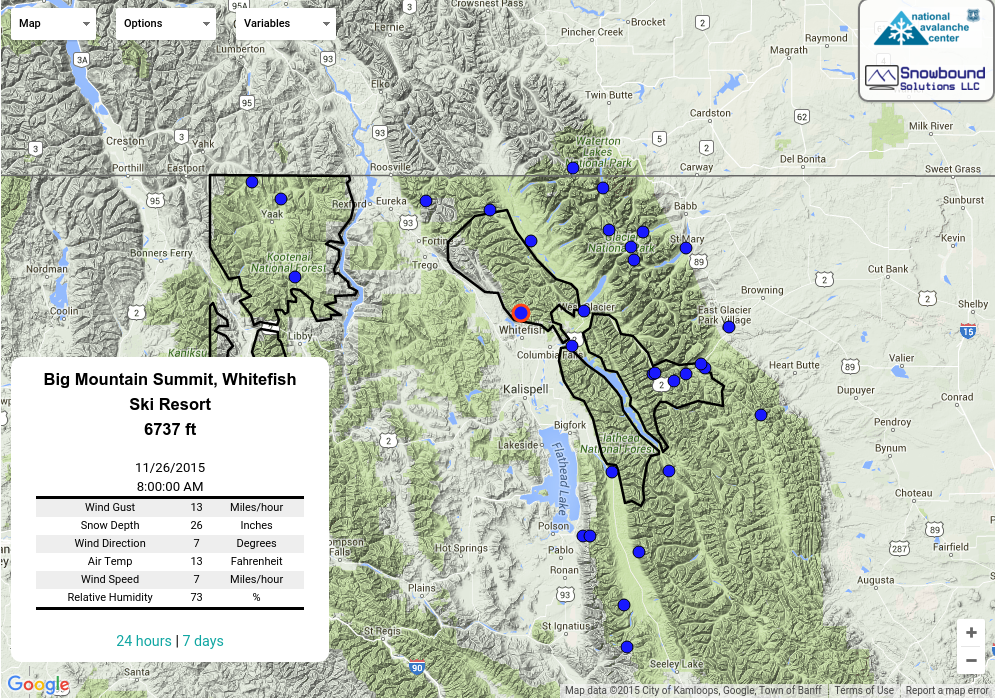Forecaster Observation - Marion Lake, Flathead Range
|
Location Name: Forecaster Observation - Marion Lake, Flathead Range Region: Flathead Range - Bob Marshall Wilderness Date and time of observation: Sun, 03/12/2017 - 12:00 |
|
|---|---|
|
Location Map: |
Red Flags: Recent loading by new snow, wind, or rain |
Observation made by: Forecaster
Activity:
Skiing
Precip Rate:
S -1; very light snowfall, trace to 0.5cm/hour









